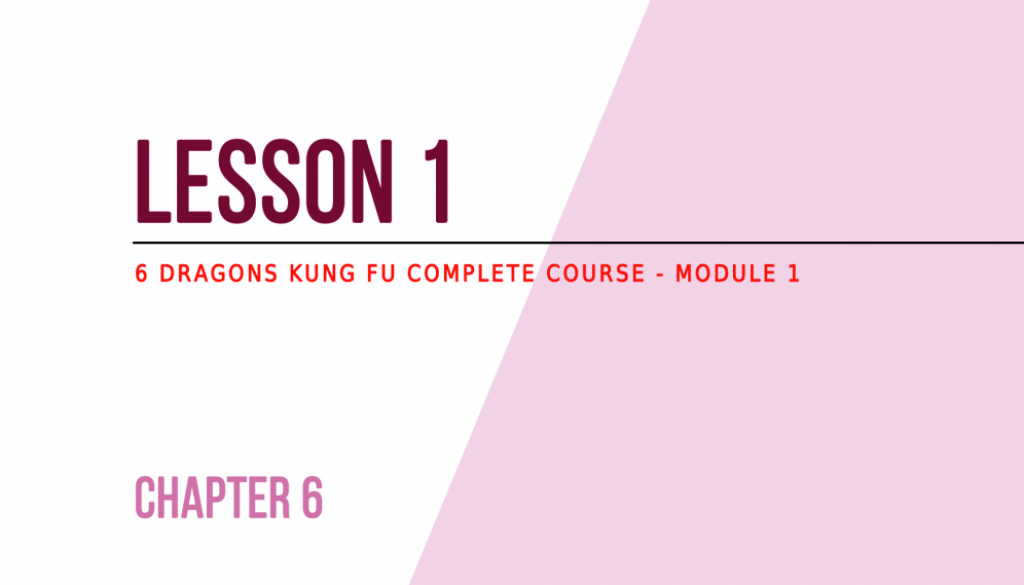Lesson 1 – Flexibility training
Flexibility: a fundamental part of Kung Fu workout
In previous lessons, we have repeatedly referred to stretching (read How to correctly perform stretching) and warm-up (read How to correctly perform warm-up) in terms of body preparation for training.
Note – This article has been asked by one of our Core Course practitioners on Patreon (see how to attend our home study classes here Learn Kung Fu online: a beginner-to-expert course).
In this chapter we want to go further and start to focus our attention on what the Shaolin monks call “tendons transformation”; we are talking about that practice which:
- Will allow you to achieve joint openings precluded to 90% of ordinary people
- Will allow you to better withstand active and passive combat dynamics
- Will allow you to better exploit the intrinsic qualities of your body
- …
Read Body flexibility and martial arts.
Flexibility in martial arts
When we talk about martial arts (aimed at fighting), it is wrong to link the concept of flexibility solely to the idea of relaxation and elongation of the tendons.
For example, in a Yoga class the performances (high or low level) are achieved:
- Voluntary
- In a controlled way
- In the right conditions / moment / environment
- To gain wellness and not avoid damage
- …
In combat, the mobilizations (twists, openings, etc.) are often achieved:
- Dynamically (eg. in throwing a kick)
- Unintentionally (eg. during a fall)
- Passively (eg. undergoing a joint lever)
- Suddenly (eg. while we are focused on other aspects of the struggle)
- In conditions of high emotional tension (eg. during an improvise aggression)
- …
A note by Master Kongling – What we are trying to say is that: if your preparation is “limited” to basic flexibility in which relaxation and time are forced steps (especially at the beginning), the risk of suffering serious injuries increases drastically. 6 Dragons Kung Fu respects Yoga (and advises his students to try it) but its pure practice has nothing to do with combat.
Flexibility workout for martial arts
To avoid the most common risks, it is not necessary to reach contortionist’s level abilities (some people are more flexible, others less), your primary goal must instead be:
- Reinforce the muscles in such a way that they can support dynamic stretchings (read Conditioning check for flexibility)
- Reduce the need for stretching (for example, in an unexpected personal defense situation, read Self-Defense: is it possible to always be ready to fight?)
- Know and learn to control your elongations (in relation to what you can and cannot do)
- Reduce the consequences of intense training sessions (eg. Fa Jing developing, see Fa Jing: how to develop explosive power)
- …
Your body knows what you can do and what not
It is no coincidence that, in the absence of deep relaxation, our unconscious instinct categorically forbids us to assume “unnatural” positions; it is an automatic defensive mechanism that prevents us from suffering serious damage.
Many of the people who are able to reach intermediate levels of flexibility through relaxation, cannot do it in a sudden situation (not without the risk of causing strains, dislocations, etc.).
With the constancy and the practice of the right exercises, you will not need to access high levels of relaxation to get that kind of performance necessary / useful in combat (both in sports competitions, both in street fights, etc. read The 6 types of martial clash):
- Your body, in the most natural possible way, will not stop you from reaching the positions you have trained (split, etc.)
- Your mind, instinctively, will take deeper control of how your libs move in dynamic contexts (automatically eliminating a big part of the possible dangerous errors)
A note by Master Kongling – Naturally the last point is a result reachable only if the stretching exercises are accompanied by an intense practice of the fundamental technical exercises of 6 Dragons Kung Fu (read Lesson 2.3).
In-depth articles
- Basic soft stretching – Simple and effective stretching exercises
- How to always be ready to fight – What does it mean to fight in an unexpected scenario
<< Lesson 5.6 – Index – Lesson 6.2 >>
Author: Master Kongling
Founder of 6 Dragons Kung Fu.How to master 6 Dragons Kung Fu?
Are you searching for:
- Daily training exercises?
- Synthetic theory and concepts?
- A step by step path from white to black belt?
- A path (clear, consequential and gradual) designed to build real martial skills?
- A direct contact with Master Kongling?
Go to our Patreon page and choose a training plan: starting from the Practitioner level, you will gain access to all this and much more.
Inside each Premium Lesson, you will receive the same teaching (practices, tips, concepts, small secrets and corrections) reserved to the live students of Master Kongling.
Important - Once a certain number of registrations are reached, no other participants can be accepted. For more information write to: [email protected].










October 18, 2018 @ 9:07 pm
How can I know how my body will react to flexibility stress?
October 23, 2018 @ 10:32 pm
You simply have to try, with extreme graduality if you are not used
March 16, 2022 @ 5:58 am
I always underestimated flexibility but now that I am getting the first results, I understand its practical value for combat.
August 2, 2023 @ 7:48 pm
Thanks
August 6, 2023 @ 10:07 pm
😉
October 9, 2023 @ 10:35 am
Can all people reach the highest level?
October 11, 2023 @ 4:13 pm
In terms of contortionism surely not, in terms of combat flexibility (excluding special cases) yes but with totally different times of acquisition.